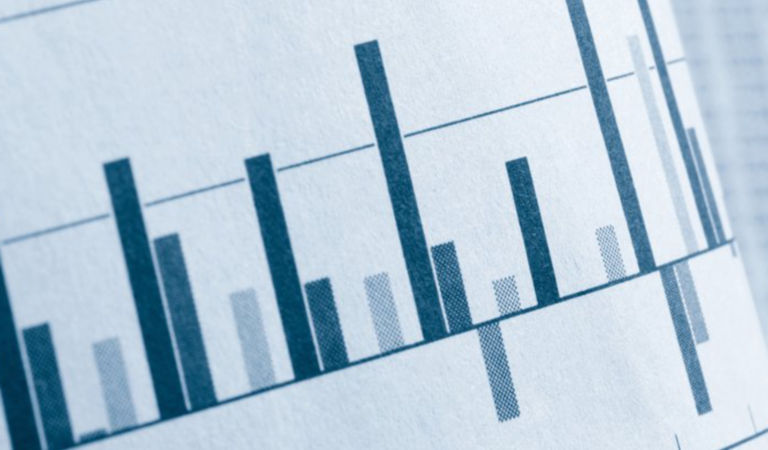US
US equities (-4.1%) ended lower after a strong rally earlier in the month reversed course amid concerns about aggressive interest-rate hikes, the looming ramp-up in the Fed’s balance-sheet reduction, and anxiety about future corporate earnings. Growth stocks lagged their value counterparts, although both groups declined. Markets took some comfort from surprisingly soft inflation data; the headline Consumer Price Index (CPI) grew 8.5% year over year in July, down from 9.1% in June, while the Producer Price Index (PPI) fell 0.5% — the first decline since the onset of the pandemic. Even as the outlook for US economic growth appeared increasingly murky, Fed Chair Jerome Powell signaled that the Fed is likely to continue raising interest rates and keep them elevated for longer until there is clear and convincing evidence that price pressures are abating.
President Joe Biden signed into law legislation to lower prescription drug prices, boost renewable energy, and impose new taxes on corporations, giving Democrats hope that the law will help their party retain congressional majorities in the November elections. Data from FactSet showed the blended second-quarter earnings growth rate for companies in the S&P 500 Index was 6.3% — the lowest since the fourth quarter of 2020 — but better than the forecast of 3.9%. For the third quarter, analysts lowered their earnings-per-share estimate by 5.4% relative to their estimates in the second quarter.
Economic data released in August indicated that the US economy was largely resilient against a backdrop of high inflation and slowing growth. Broad-based strength in the labor market tempered recession worries but bolstered the Fed’s resolve to aggressively tighten monetary policy to curtail inflation. In July, job growth was more than double consensus estimates as nonfarm payrolls soared by 528,000 — the largest gain in five months — while the number of jobs added in June was revised upward to 398,000. The unemployment rate dropped to a five-decade low of 3.5%, initial jobless claims trended lower, and average hourly earnings grew at the fastest pace since March, accelerating 0.5% (5.2% annually). Decades-high inflation constrained consumer outlays on goods and services, although falling gas prices and strong wage growth supported spending and cushioned the impact of high prices. US retail sales were flat in July following a 0.8% increase in June, while inflation-adjusted consumer spending advanced only 0.2% after a 0.1% gain in June. The Conference Board’s Consumer Confidence Index advanced 7.9 points, to 103.2 in August, reflecting more favorable views of current conditions, a better outlook for household finances and business conditions, and a stronger appetite for purchasing big-ticket items and vacations. Rising mortgage rates and waning demand caused further deterioration in the housing market in July, as construction tumbled and pending, new-, and existing-home sales continued to trend downward.
The Institute of Supply Management (ISM) Manufacturing Index held at 52.8 in August, matching the slowest pace of growth in the sector for over two years. Manufacturers remained broadly optimistic about demand despite unease about the slowing economy, while input costs dropped sharply, and supply-chain performance improved slightly. Firmer business activity and orders unexpectedly lifted the ISM Services Index to 56.7 in July, from 55.3 in June, easing concerns about a broader US economic slowdown. However, preliminary data for August indicated that business activity in the services sector was markedly softer as demand weakened amid higher inflation and tighter financial conditions. Small-business sentiment improved slightly in July after hitting a nine-year low in June, although businesses continued to suffer from historically high inflation, supply disruptions, and labor shortages.
Nine of the 11 sectors in the S&P 500 Index (-4.1%) posted negative results. Information technology (-6.1%) was the worst-performing sector, led lower by semiconductors & semiconductor equipment (-10.8%) and software (-7.1%). Health care (-5.8%) was another notable underperformer, weighed down by the life sciences tools & services (-9.3%) and pharmaceuticals (-8.2%) groups. Real estate (-5.6%) lagged as REITs fell on continued housing market pressures. Despite the decline in crude oil and gasoline prices, energy (+2.8%) gained, driven by exploration & production companies.


































Monthly Market Review — October 2025
Continue readingBy